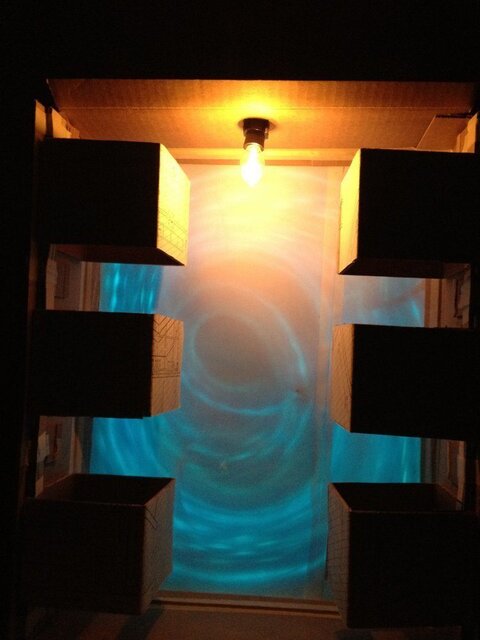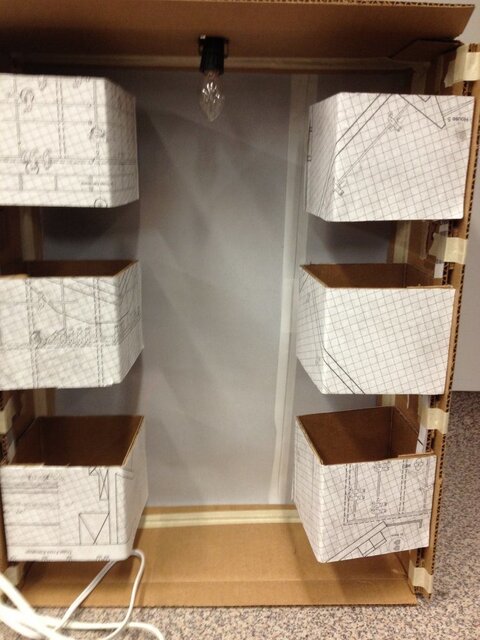Students, Graduates, Teachers, and anyone else who has taken a tech theater class. What was your favorite activity that would work in a high school classroom? Could be something simple that solidified a concept for you, or just that you got to build something extra cool! I get to build my own curriculum for next year and I would love to be able to provide my students with a memorable and productive semester.
My personal favorite lesson was sorting M&M's underneath differently gelled lights. Really helped solidify the concept of how light works and sparked my interest in stage lighting.
What's Yours?
My personal favorite lesson was sorting M&M's underneath differently gelled lights. Really helped solidify the concept of how light works and sparked my interest in stage lighting.
What's Yours?
Last edited:




